In an era where industrial infrastructure faces increasing demands for resilience and sustainability, the choice of roofing materials has emerged as a critical factor in safeguarding productivity and operational continuity. Factory buildings, often exposed to harsh weather, chemical exposure, and thermal stress, require roofing systems that balance durability with adaptability. Innovations in roof tile manufacturing are addressing these challenges, aligning with global trends toward energy efficiency and eco-conscious construction practices.
The Evolution of Factory Roofing Needs
Industrial facilities have evolved beyond mere functional spaces. Today, they serve as hubs for technological advancement, requiring infrastructure that supports both heavy machinery and worker safety. Traditional roofing materials, while reliable in the past, often fall short in addressing modern demands such as heat insulation, corrosion resistance, and long-term cost efficiency.
Roof tiles designed for factory buildings now prioritize materials that withstand extreme temperature fluctuations, UV radiation, and chemical pollutants. This shift reflects broader industry trends, where Google search data highlights growing interest in “low-maintenance industrial roofing” and “eco-friendly factory design.” Consumers—ranging from facility managers to architects—are increasingly seeking solutions that reduce lifecycle costs while minimizing environmental impact.
Material Innovation Meets Functional Design
Modern factory roof tiles leverage advancements in composite materials and coatings to enhance performance. Stainless steel alloys, for instance, offer inherent resistance to rust and degradation, extending roof lifespans even in coastal or industrial zones prone to saltwater or acidic air. Additionally, modular tile designs simplify installation and repairs, reducing downtime during maintenance—a key consideration for factories operating on tight schedules.
Thermal management is another focal point. Roof tiles embedded with reflective coatings or insulating layers help regulate indoor temperatures, lowering reliance on HVAC systems. This not only cuts energy consumption but also creates a safer, more comfortable environment for workers. Such features resonate with the rising emphasis on sustainable practices in manufacturing sectors.
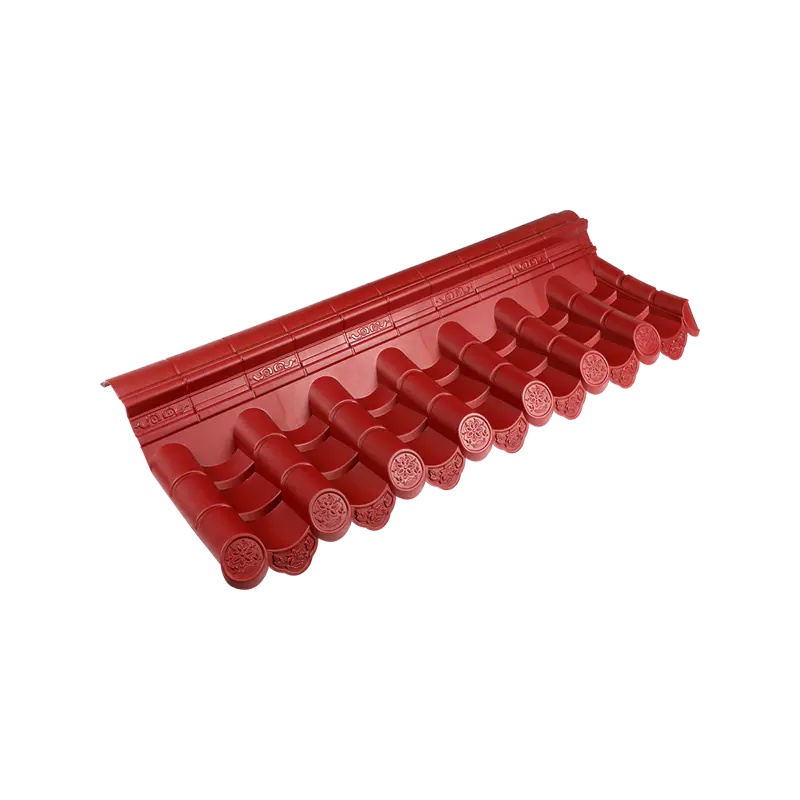
Sustainability as a Core Consideration
Aligning with global sustainability goals, manufacturers are integrating recycled materials into roof tile production. Industrial byproducts like slag or post-consumer metals are repurposed to create durable tiles, diverting waste from landfills. Furthermore, rainwater harvesting systems are increasingly incorporated into roofing designs, allowing factories to reuse precipitation for cooling or sanitation—a practical response to water scarcity concerns.
The push for greener factories extends to production processes. Solar-responsive roof tiles, capable of supporting photovoltaic panels, enable facilities to generate renewable energy without compromising structural integrity. While these innovations are still emerging, they signal a transformative direction for industrial construction.
User-Centric Advantages in Daily Operations
From a practical standpoint, facility managers prioritize roofing solutions that simplify upkeep. Interlocking tile systems, for example, prevent wind uplift and water seepage, common issues in regions prone to storms. Smooth surfaces discourage debris accumulation, reducing the frequency of manual cleanings. These design choices translate to long-term savings in maintenance labor and material replacement costs.
Safety is another critical factor. Non-combustible roofing materials mitigate fire risks, while textured surfaces improve traction for maintenance personnel. Such considerations reflect a holistic approach to industrial design, where worker well-being is as vital as structural durability.
Adapting to Diverse Industrial Landscapes
Factories vary widely in size, location, and operational focus. Roof tile manufacturers are responding with customizable solutions:
· High-Altitude Facilities: Reinforced tiles capable of bearing heavy snow loads.
· Chemical Plants: Coatings resistant to acidic or alkaline exposure.
· Food Processing Units: Hygienic, non-porous surfaces that inhibit bacterial growth.
This versatility ensures that roofing systems can be tailored to specific industry needs, whether for a compact urban workshop or a sprawling rural plant.
Challenges and Forward-Looking Solutions
Despite progress, misconceptions persist. Some decision-makers view advanced roofing systems as prohibitively expensive, overlooking lifecycle savings from reduced repairs and energy bills. Educating stakeholders about cost-benefit analyses remains crucial for wider adoption.
Looking ahead, smart roofing technologies—such as tiles embedded with sensors to monitor structural stress or moisture levels—are poised to redefine preventive maintenance. These systems could alert managers to potential issues before they escalate, avoiding costly disruptions.
Conclusion
The transformation of factory roofing solutions underscores a broader movement toward intelligent, sustainable industrial design. By combining material science with user-centric innovation, manufacturers are delivering products that meet the rigorous demands of modern factories. As industries continue to prioritize efficiency and environmental responsibility, advanced roof tiles will play an indispensable role in shaping resilient, future-ready facilities.









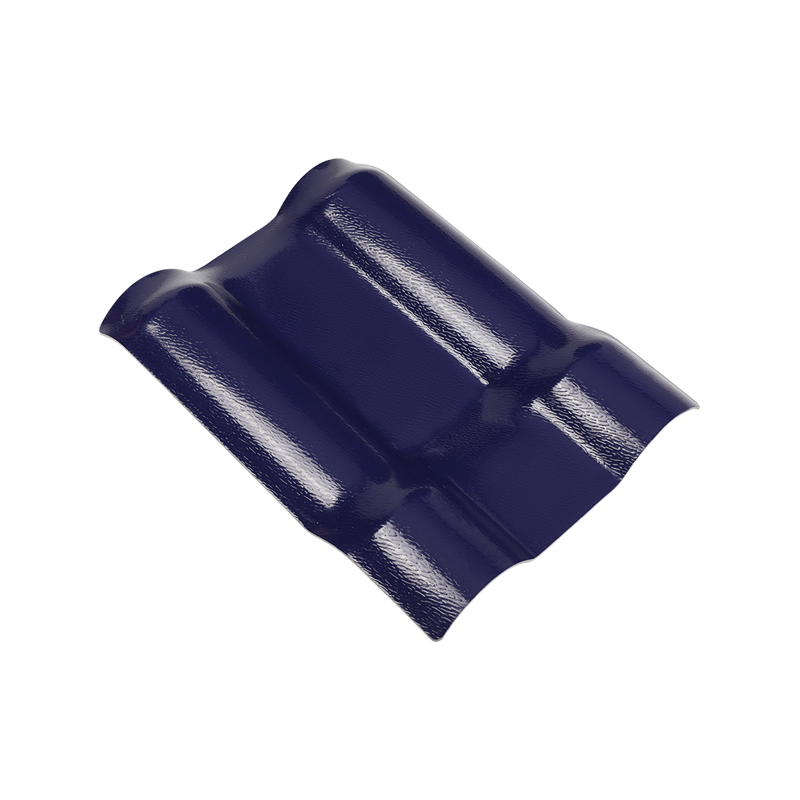
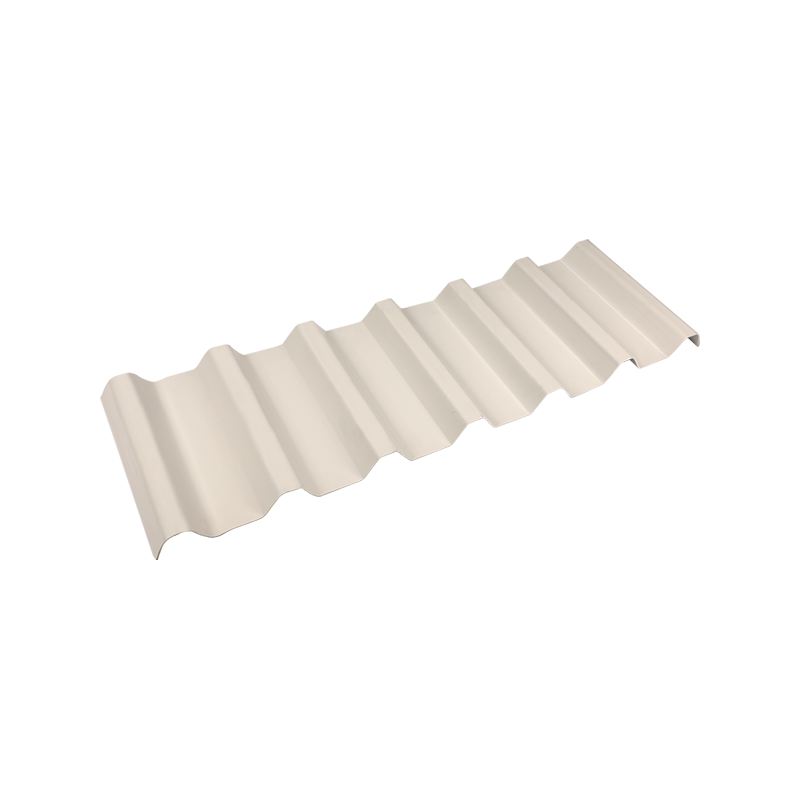
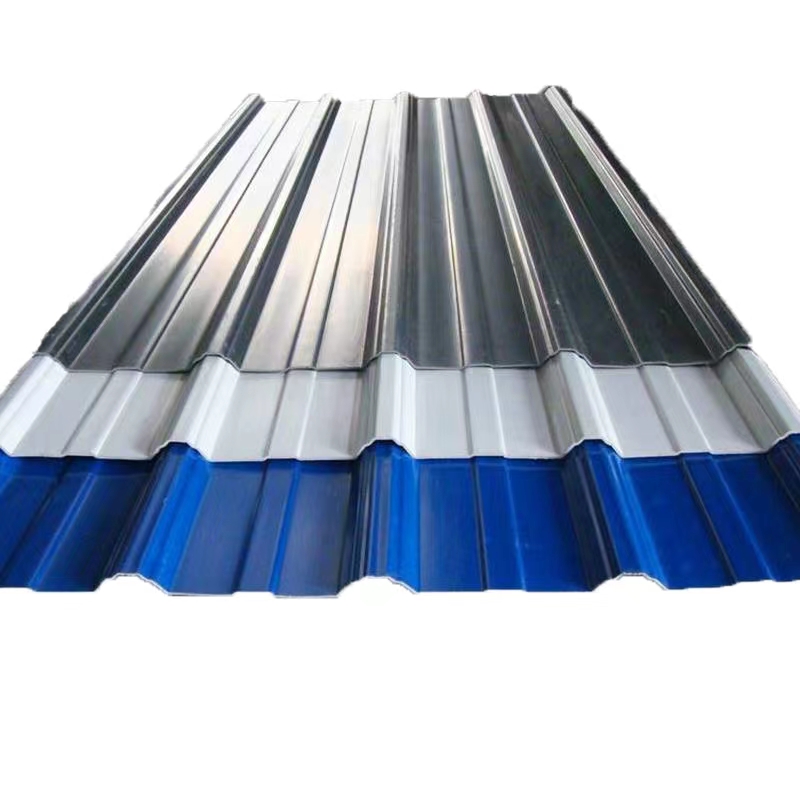
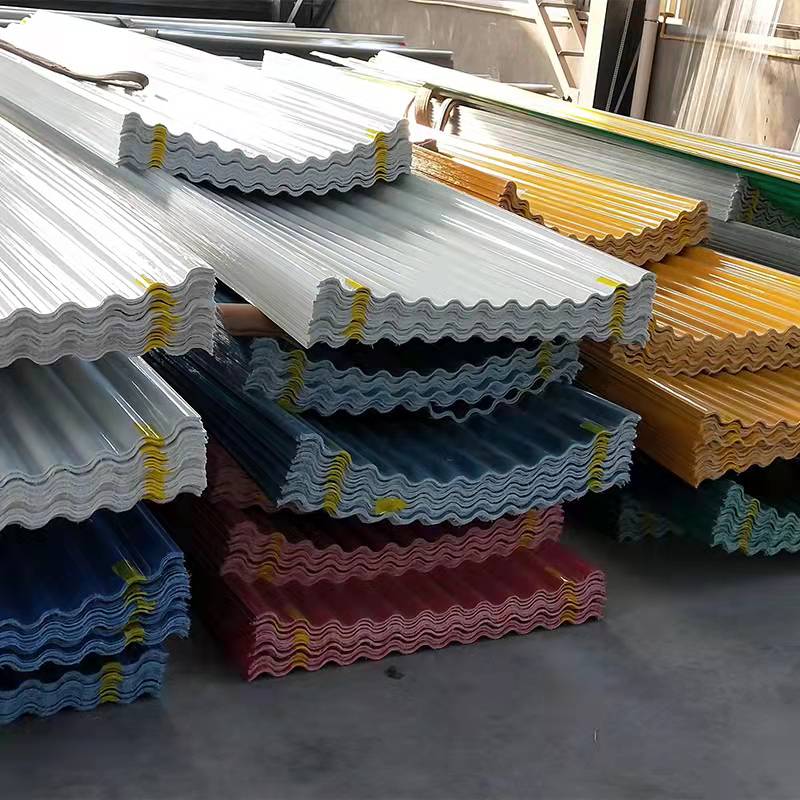
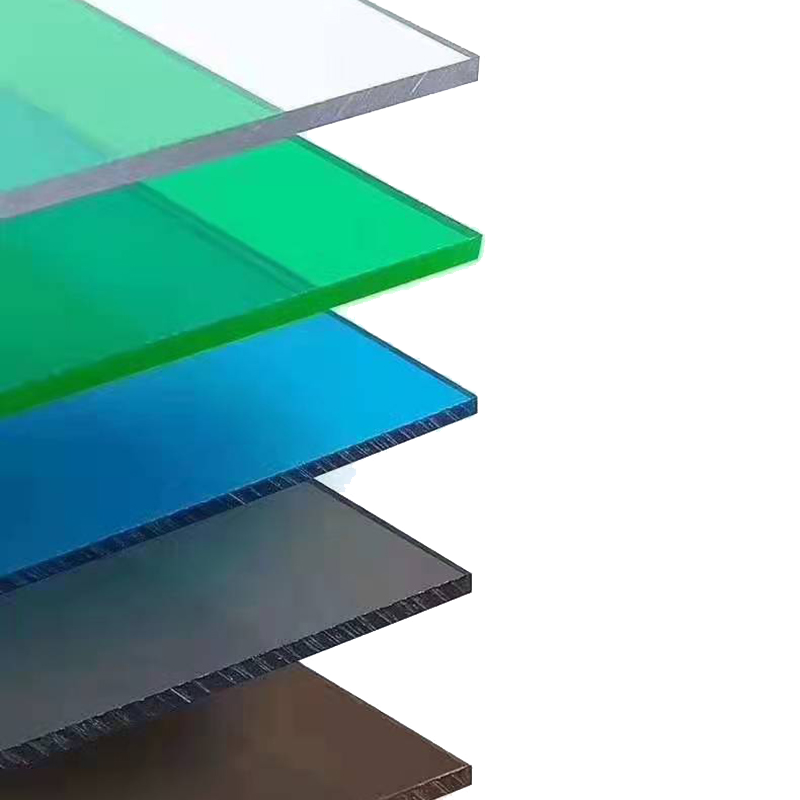
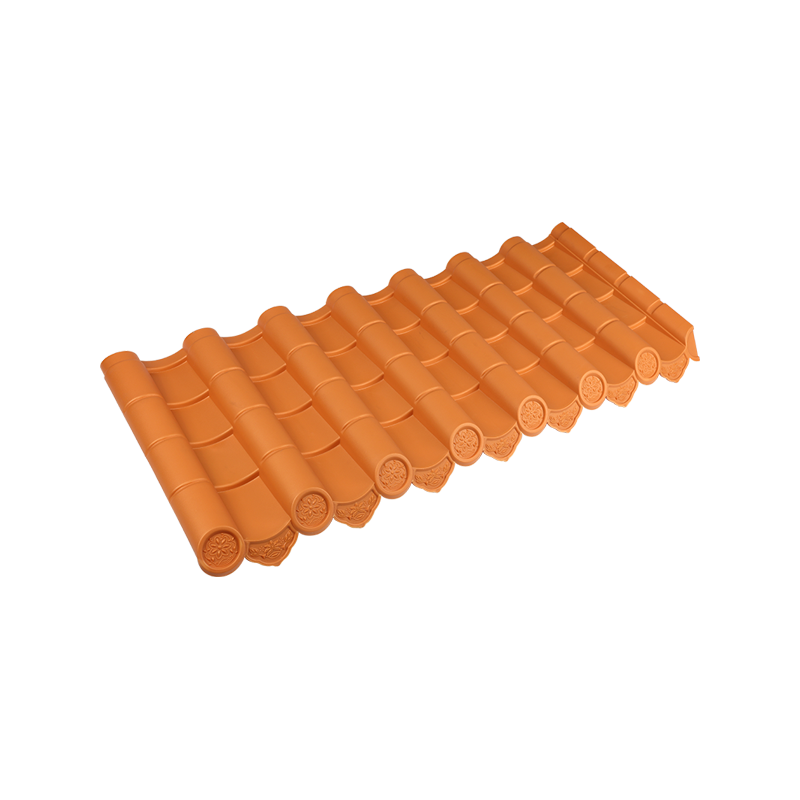
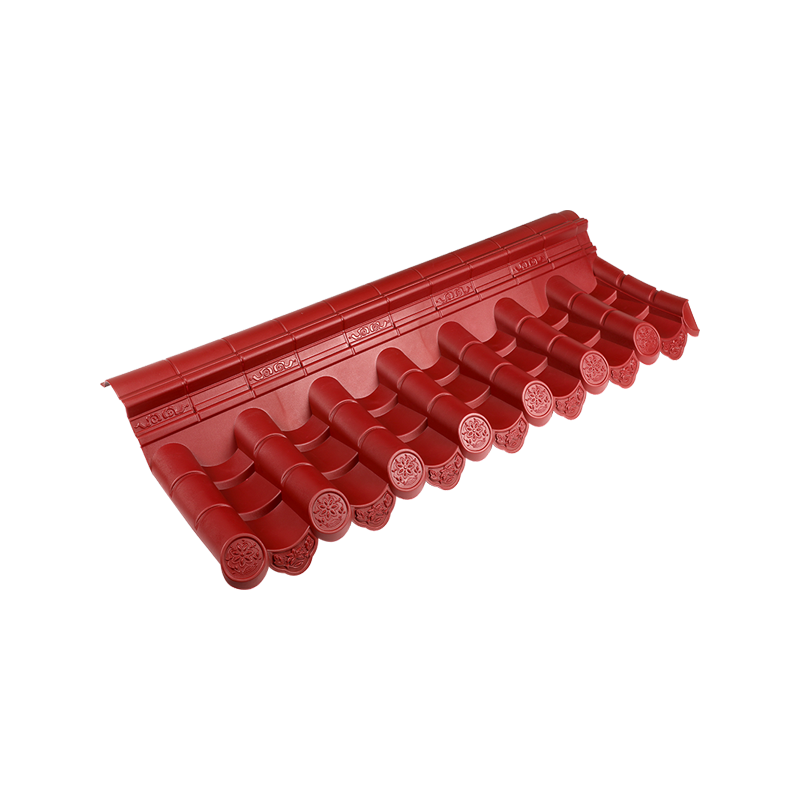


 Email:
Email: Phone:
Phone: Adress:
Adress: